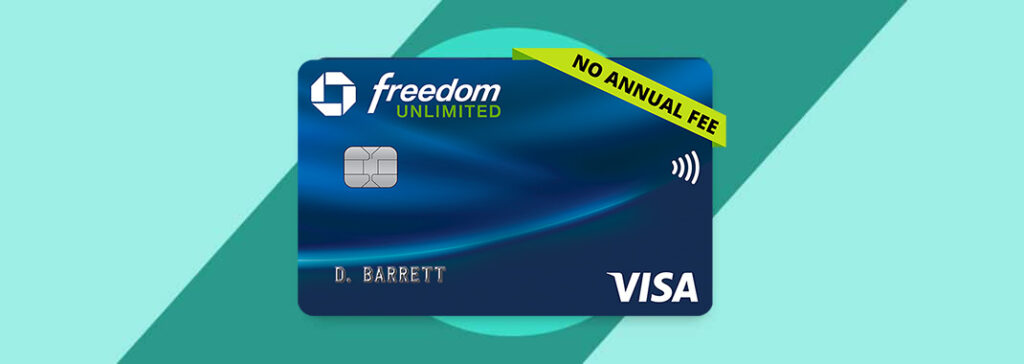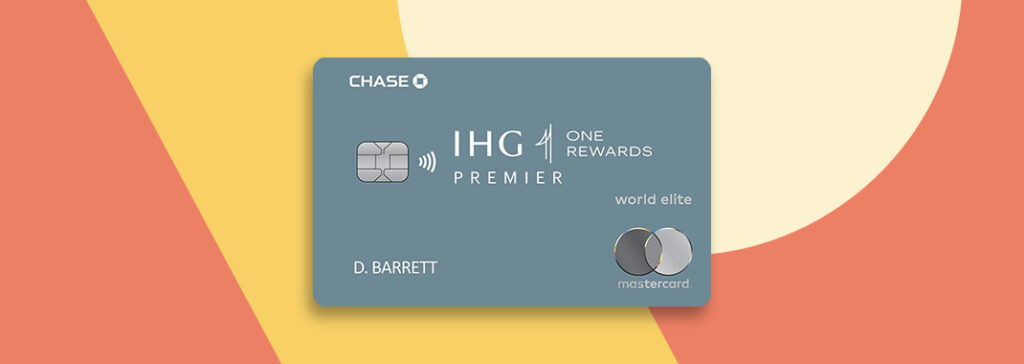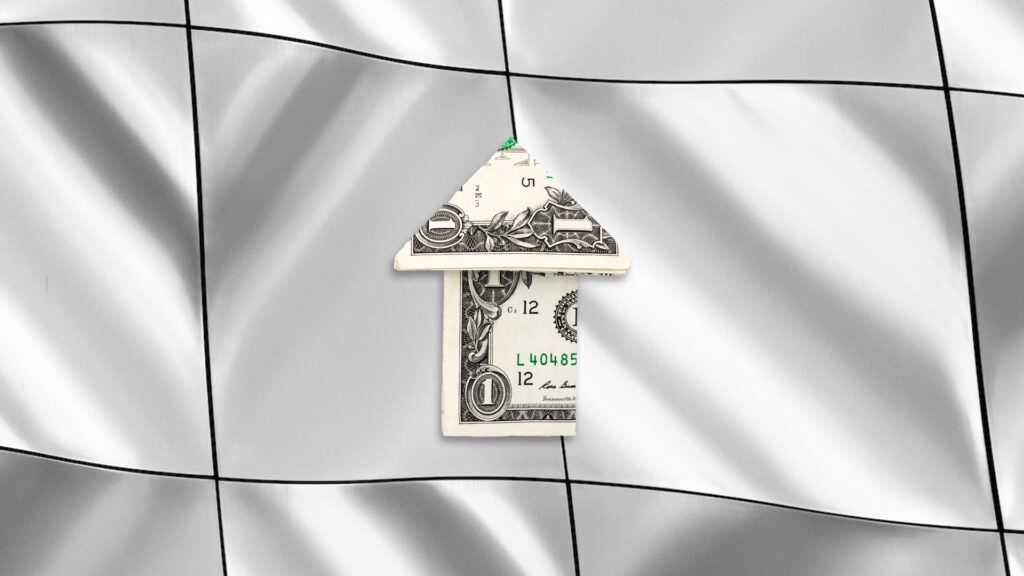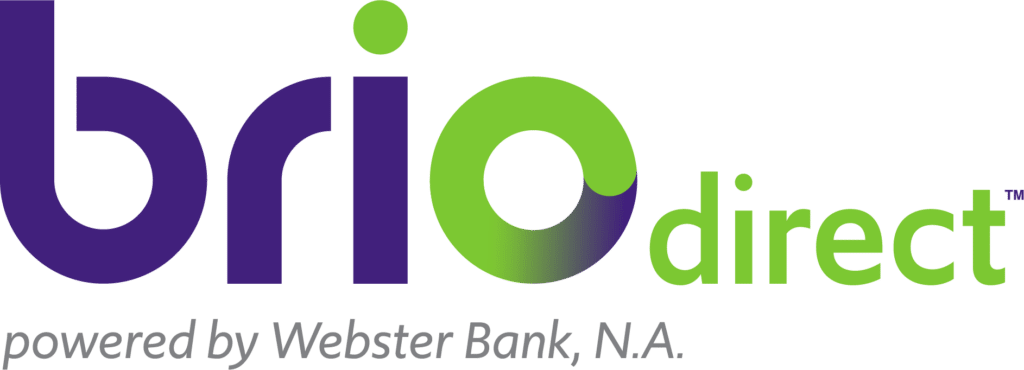Most products on this page are from partners who may compensate us. This may influence which products we write about and where and how they appear on the page. However, opinions expressed here are the author's alone, not those of any bank, credit card issuer, airline or hotel chain.
An emergency fund provides a safety net in times of financial uncertainty. With recent major events such as the COVID-19 pandemic and the economic downturn that followed, dipping into emergency savings was a necessary response for many households. We all experience unplanned hardships from time to time, whether that's unexpected job loss, medical emergencies or other sudden financial burdens. And padding our savings can help make the recovery a little easier. This guide can help you navigate the ins and outs of building an emergency savings fund and how to get started.
What Is an Emergency Fund?
An emergency fund is savings intended for unplanned or unexpected expenses, such as medical bills, loss of income or major home or vehicle repairs. It's intended to provide a cash resource to help you get through a financial emergency.
Why Do I Need an Emergency Fund?

Having a solid emergency fund can serve as a much-needed lifeline during emergencies while helping you avoid borrowing funds at high interest rates, which can lead to expensive debt.
Besides medical emergencies and car repairs, an emergency savings comes in handy in a number of scenarios:
- You're starting a family: Parents know there are many unexpected expenses when a baby comes along, whether this is extra days spent in the hospital or added costs for unplanned childcare.
- You own a home: Being a homeowner means you're responsible for home repairs and maintenance costs. It also means paying for many other hidden costs of owning a home, and an emergency fund can come in handy to cover those expenses.
- You want to stop using debt: Without emergency savings, there's a good chance you'll have to use debt, such as credit cards, for unplanned financial needs. If you're not paying your balance off every month, that debt can be expensive due to the high interest rates. To avoid this, you'll need a savings cushion.
- Your income is not stable: Whether you're self-employed or have a part-time job, there may be months where you don't have enough income. An emergency fund can provide a safety net to help you get through the tough times.
- There's only one earner in your household: Whether you live on your own or with a partner, finances can become complicated during financial emergencies when you're the only one bringing in income.
No one can predict the future, so having something saved up for a rainy day can provide peace of mind for many families.
Recommended High-Yield Savings Accounts
| Bank Account | APY | Features | Learn More |
|---|---|---|---|
|
|
4.55%
*Annual Percentage Yield (APY) is variable and is accurate as of 2/26/2025. Rate is subject to certain terms and conditions. You must deposit at least $5,000 to open your account and maintain $25 to earn the disclosed APY. Rate and APY may change at any time. Fees may reduce earnings. |
$5,000 min. deposit |
Open Account |
|
|
Up to 4.86%
Earn up to 4.86% APY on savings, and 0.51% APY on checking when you meet requirements. |
No minimum deposit |
Open Account |
|
Member FDIC |
0.50% - 3.80%
SoFi members who enroll in SoFi Plus with Direct Deposit or by paying the SoFi Plus Subscription Fee every 30 days or with $5,000 or more in Qualifying Deposits during the 30-Day Evaluation Period can earn 3.80% annual percentage yield (APY) on savings balances (including Vaults) and 0.50% APY on checking balances. There is no minimum Direct Deposit amount required to qualify for the stated interest rate. Members without either SoFi Plus or Qualifying Deposits, during the 30-Day Evaluation Period will earn 1.00% APY on savings balances (including Vaults) and 0.50% APY on checking balances. Only SoFi Plus members are eligible for other SoFi Plus benefits. Interest rates are variable and subject to change at any time. These rates are current as of 1/24/25. There is no minimum balance requirement. Additional information can be found at http://www.sofi.com/legal/banking-rate-sheet. See the SoFi Plus Terms and Conditions at https://www.sofi.com/terms-of-use/#plus. |
No minimum deposit |
Open Account |
|
|
4.10%
Earn 4.10% APY on balances over $5,000. Balances of less than $5,000 earn 0.25% APY. Annual Percentage Yield is accurate as of March 19, 2025. Interest rates for the Platinum Savings account are variable and subject to change at any time without notice. |
$100 minimum deposit |
Open Account |
How Much Should I Have in My Emergency Fund?
A good rule of thumb is to save three to six months' worth of your expenses in an emergency fund. Some people save more, maybe even a year's worth. There isn't a set figure that works for everyone but think about your necessary expenses, income, how much you can save, how many dependents you have and your financial goals.
If saving a lot right away is out of reach, try saving an amount that's within your budget each month and work on growing the fund at a rate you're comfortable with.
Where Do I Put My Emergency Fund?

You have a few account options for stashing your emergency savings. Consider accounts that meet the following criteria:
- Low-risk or no-risk account
- Instant or quick access to your funds
- Minimal withdrawal or penalty fees
- An account that bears interest
- Federal Deposit Insurance Corporation (FDIC) insured
It's important to choose the account that suits your needs, as each provides different features and benefits. Here are several options to consider.
Checking or Savings Account
If you're reluctant to tie up your funds for any period of time, a savings or checking account may be an option. There are free checking accounts and savings accounts that require low or no minimum opening deposit, which is a great option for those just starting to build their emergency fund.
A simple checking or savings account offers easy withdrawal of money at any time, but it can also be tempting to spend the money on things that aren't necessarily an emergency. You could mitigate that temptation by not getting a debit card connected to your account.
High-Yield Savings Account
High-yield savings accounts are bank accounts designed to offer a higher return than regular checking or savings accounts. Some important things to consider when opting for a high yield savings account are:
- Interest rate: The competition is fierce with these products and it's not unusual to earn 10 or more the national average in returns. Here are some of the best high-yield savings accounts to consider.
- Minimum balance: Some banks may require you to have a minimum opening deposit or daily balance to earn the highest APYs. If you dip below that minimum balance, you may not earn interest and the bank may even close your account.
- Fees: Check if there are monthly account fees or other transactional fees. In some cases, the monthly fees may be waived if you meet certain balance requirements.
- Funds access: Make note of withdrawal restrictions and all the steps it takes to get funds when you need them.
Certificate of Deposit
A certificate of deposit (CD) is a type of savings account that holds money for a fixed period of time. While you might earn more with a CD, it comes with much less flexibility. Still, this may be a viable option for those who don't need instant access to funds in the short term.
Terms for CDs range from just a few months to five years and longer. For emergency savings, this might not be the best option as access to the funds before the end of the term may result in penalty interest. The fee may be worth it, however, if it's a true emergency. If you're concerned about yield but also don't want to tie all your funds into one CD, consider having multiple accounts with different terms to improve your access.

4 Best No-Penalty CD Rates in March 2025: Earn Up to 4.70% APY
Money Market Account
These are another type of savings account that offers instant access to funds while providing checking features, such as debit cards and checks. The rates on a money market account may be slightly more than a tradtional high-yield savings account, but some of these accounts may require a substantial opening deposit.
Money market accounts usually have a cap on the number of monthly transactions, which may discourage you from withdrawing money frequently. They may also have transaction fees and additional fees may be levied if the account balance dips below a certain amount.
Individual Retirement Accounts
Saving up an emergency fund in a retirement account may be considered an alternative emergency savings solution, but there might be tax implications for early withdrawals, unless the emergency meets hardship requirements that are exempt from early withdrawal penalties. Plus, a nest egg could lose money if there is a down turn in the market. However, for those who are able to leave funds in the account and ride out the market fluctuations, the account might earn a better return than the below-inflation savings options.
Health Savings Account
Medical expenses can be a big financial drain and they are a big reason to fund an emergency savings plan. A health savings account (HSA) works as a type of savings account that lets people contribute pretax money toward eligible medical expenses. The funds are accessible and the withdrawals are tax free as long as the proceeds are used toward qualified medical costs such as deductibles, copays and medical procedures.
HSAs are only available to those who are enrolled in a high deductible health plan. Nonqualified expenses may have withdrawal penalties of around 20%, and these withdrawals may be taxable. Your employer may also offer a flexible spending account, which is another way to cover medical expenses with pretax dollars.
How to Create an Emergency Fund

Here's a general guide on how to get started on creating an emergency fund:
- Create a budget: First determine your monthly expenses and figure out how much you can afford to save each month.
- Pick a savings vehicle: Decide on the type of account that will house your emergency savings. Evaluate the risks of each account and pick one that fits your needs.
- Open the account: Whether this is an online application or a visit to a bank branch, the entire process shouldn't take more than a few minutes.
- Fund the account: You can either make manual deposits or you can automate your contributions to streamline the process.
- Look for ways to increase your savings: From time to time, check if you can cut back on expenses or pay off debt, and reassess your savings contribution if you're making more income than you used to. For example, some banks and apps allow you to round up on purchases, putting the additional money paid for each transaction into a saving account.
- Separate savings from spending: To reduce the likelihood of dipping into savings, consider keeping an emergency fund in a separate bank account. That can help you avoid using your emergency savings for everyday purchases.
FAQs
-
Typically, you'll want to create a dedicated savings account for emergencies only. But if your debt is an emergency or it places a major burden on your finances, you may want to shift some of your funds to paying it down if you have some wiggle room. If you've saved up way more than you'll probably need in your emergency fund, that could also be a good reason to use some of that money to pay off debt. The important thing is to make sure you have some money set aside for emergencies.
-
Having $1,000 can be a good launchpad for an emergency fund and could be enough to cover smaller emergencies, such as a flat tire or quick visit to the urgent care. But it is likely not sufficient to cover several months of expenses in a worst case scenario. Continue to add to your emergency savings until you can cover three to six months of expenses.
-
The rule of thumb is to save up three to six months' worth of your expenses. Include all your costs, including rent and everyday living costs. Take however much you spend in a month and multiply that by the number of months you want to save up to get a goal number. If that number is out of reach, it's OK to start small. See if you can put away a set amount each month and continue to build from there.





















